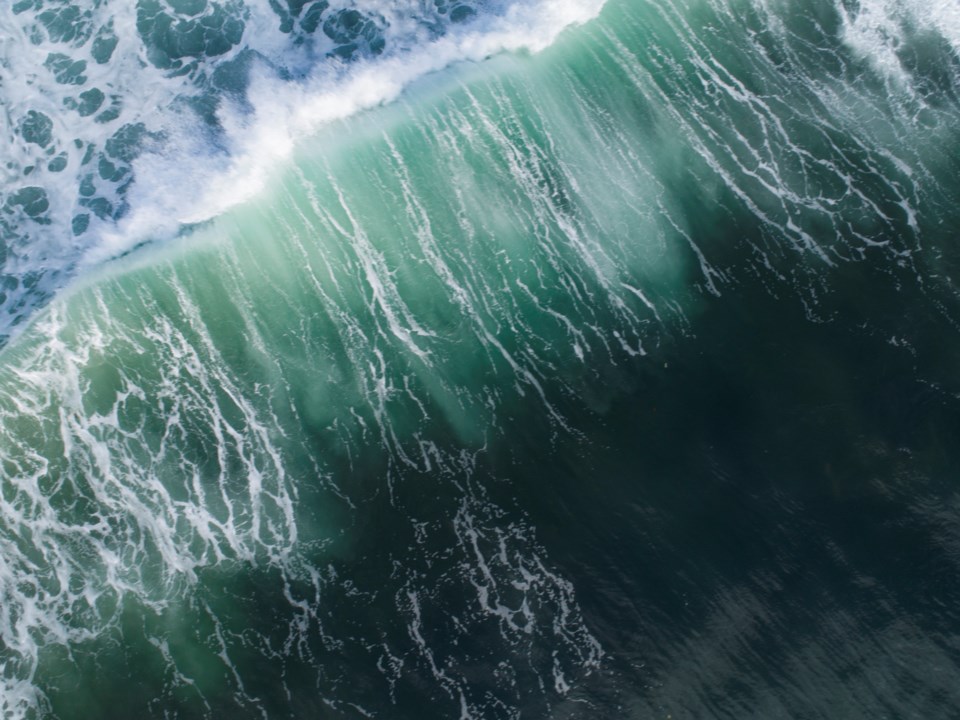Given last week’s Coast Reporter article on king tides that comes from the perspective of an environmental expert, I thought I’d offer my astronomical and engineering expertise – and a little clarity.
I’d never heard of a ‘King tide” until a couple of years ago – the American National Ocean Service says it’s “a non-scientific term people often use to describe exceptionally high tides.”
The technical term for high tide caused when Earth, moon and sun are aligned is a “spring tide.” They occur twice each lunar month, at new moon when the moon is between Earth and sun and at full moon when the moon is opposite the sun. When Earth, moon and sun form a right triangle – at first and last quarter moon – the tidal forces of moon and sun oppose each other and the resultant lower tidal range is known as a “neap tide.”
Last week’s story makes a passing mention of Earth being at perihelion (point where it’s nearest to the sun) but with no explanation of what it means. The most striking variation in tidal forces – beyond the spring/neap effect – comes from the cyclical changes in Earth-moon and Earth-sun distances. Of these, the lunar tides are the more variable – as much as 30 per cent from apogee (point farthest from Earth) to perigee (point closest to Earth), since the moon’s orbit around Earth is more elliptical than Earth’s around the Sun. When the moon is at perigee and the Earth at perihelion and it’s a spring tide, it’s showtime, folks!
I began writing monthly astronomy articles for the Coast Reporter in December 2019 and at least six of them have dealt at least in part with the moon and on its tidal effects on the Earth. One explained the tides situation a year ago in anticipation of the potential flooding of the highway at Davis Bay. In particular, the one for December 2021 predicted the high tides in the first week of both December and January in detail – about 500 words worth. The highs and lows for both weeks were identical, according to predictions and my own observations, including pictures. So why was there nothing remarkable in December and a driftwood buffet in January?
The key factor was the weather: the first week of December was pretty calm but January brought us 50 km west winds gusting to 70. And as powerful as metre-high breaking waves can be, they’re not what snaps off the beachside parking post and chain barriers or turns the welded stair rails into pretzels. It’s the two-foot diameter logs propelled by the waves that do that.
As sea level continues to rise, we’ll probably want to think about rebuilding the Coast Highway in the low spots. We might need to add a couple of feet of aggregate to the roadbed, some more concrete on the seaward side with large granite rock cover and, hey, why not an actual ditch and drainage system behind the road so the Bella Beach Inn doesn’t have its own seawater pool lapping at the first-floor doors? Build up the current seawall structure by two feet and we’d be good although we might still lose the stair rails on occasion. I doubt we’d be able to get total protection by “using a porous, rocky interface” to absorb waves (suggested in last week’s story) unless it were a breakwater. That might be a tough sell to the more environmentally inclined of us along the Coast.


